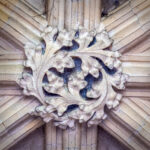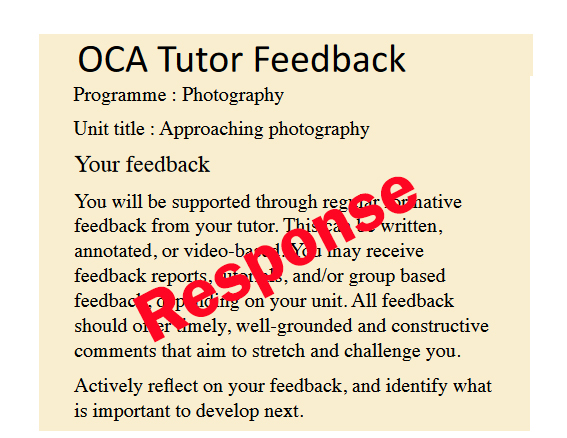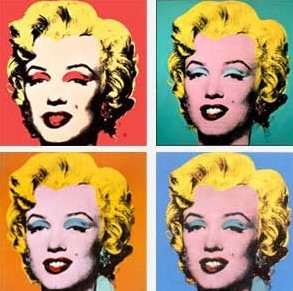I suppose that I had been concerned about my choice of photograph as other students had seemed to choose photographs that like mine had made the news, but also had media impact for the horrors and inhumanity that they portrayed. Photographs made and used for the emotional jerk caused within the observer, but little likelihood that they could do much to mitigate the horror. This I believe leads to a blunting and normalization of the horrors that they portray. (There is a difference between reporting and sensationalism to sell media.)
I had just been to the Sainsbury Gallery in Norwich to view the ‘Camera Never Lies’ Exhibition where the advertising states that it shows “the most iconic images of the past 100 years”. Whilst it also suggests that it was exploring the “impact and influence photography has had on shaping – and sometimes distorting – the narrative”. There seemed to be an element of ghoulishness given the horrendous subjects they were depicting and very little discussion of how it had shaped our response to such horrors. I had a feeling that there was a promoted macabre and morbid interest in the photos that could lead to a blunting and desensitizing of my response towards an acceptance of frightening and terrible events in the photos. My choice of Assignment 4 photograph was chosen in response to this unwillingness to give an airing to yet more of the same, no matter whether we should be informed in this immediate and visual fashion or whether the media had misused the images. I’m put in mind of the philosopher who said something along the lines of… whatever unbelievable inhumane act a human can think of doing, they will do it! My family has a saying “beans up the nose”… you don’t tell a child not to put beans up their nose because they will immediately try it!
In the event I should not have been concerned as Andrew’s response was “a great photograph to have selected”.
In my writing or our discussion, I must have indicated that I’m not a royalist, for Andrew suggested that I read ‘The Corporate Power of the British Monarchy: Capital(ism), wealth and power in contemporary Britain’ by Laura Clancy (Lancaster University, UK) in the Sociological Review 2020. Thank you, Andrew, I ploughed through the listing of documenting research that supported the writer’s contention and reaffirmed my view that the Norman feudal society is alive and well in 21st century Britain.
As we were discussing curating images and our choices in choosing and dismissing images, Andrew mentioned ‘Lost and Found in America’ which looks at the rejected images of family life in 1968 during the Vietnam war years. What is interesting is that the images were discarded at the factory developing the images before the photographers got to see their printed set of photographs. Fifty years distance with all of the social, technological, political and cultural change that half century makes, it difficult to appreciate why some of the images were removed. I have lived through those years and yet it is additionally difficult to not only cast my mind back, but also put myself in the American milieu of 1968 when the Vietnam War was still raging.
As a woman what struck me, apart from the censorship, was the apparent male gaze on themselves and women. The six packed men, the showing of their penises, full frontal and on the toilet. The women ‘available’ on beds or scantily clothed. Those images are still part of the social media scene and interestingly they are still censored on Facebook. The woman’s bosom that is blurred out, as is the man’s penis or the image is just ‘not available at the moment’ or never will be!
The family images that were discarded I do not understand. In family photographs it is largely the memento factor that is important rather than whether they are well composed and sharp images . I thought that the double exposure of the marching soldier was out of its time as now double exposure is de-rigour.
The 3 times curation (the photographer, the developer and the book compiler) has had an odd effect I think. My husband looked at the images and said “what is this about?”, and I had to agree with him that I found it difficult to find a unifying theme throughout.
Andrew also mentioned one of his own works, ‘Shades of New York’, based on images from a complete portfolio of monochrome images by Tanya Ahmed, photographed in her neighbourhood around East 100th Street New York. She had made a selection for an exhibition ‘I Call This Place Home’ (2012). Her exhibition is populated by families in their homes alongside images of the buildings in the neighbourhood, whilst Andrew Conroy’s selection is made up of the foreboding, tall, grim buildings only. The two interpretations offer very different moods and tones, and from what I can discern when you select only architectural images rather than the selection that shows the people in the neighbourhood in their own homes you DO get a different more socially alienating view of the area. Both sets of images are shown in the videos at https://tanyaahmed.com/bank-st-arts/ & https://vimeo.com/69661867


